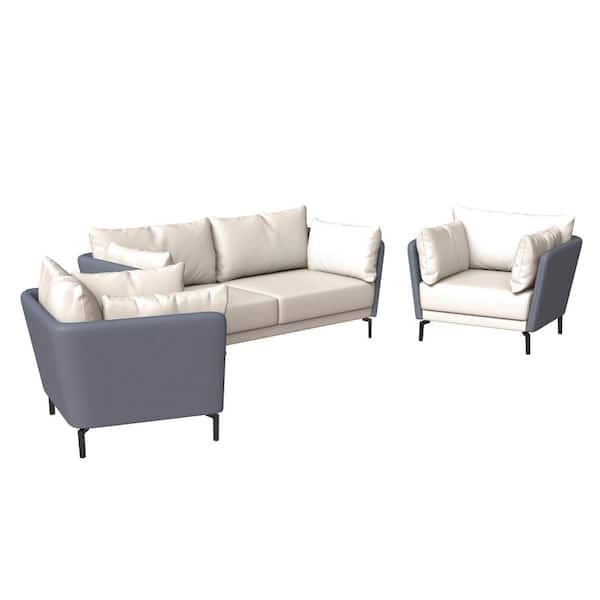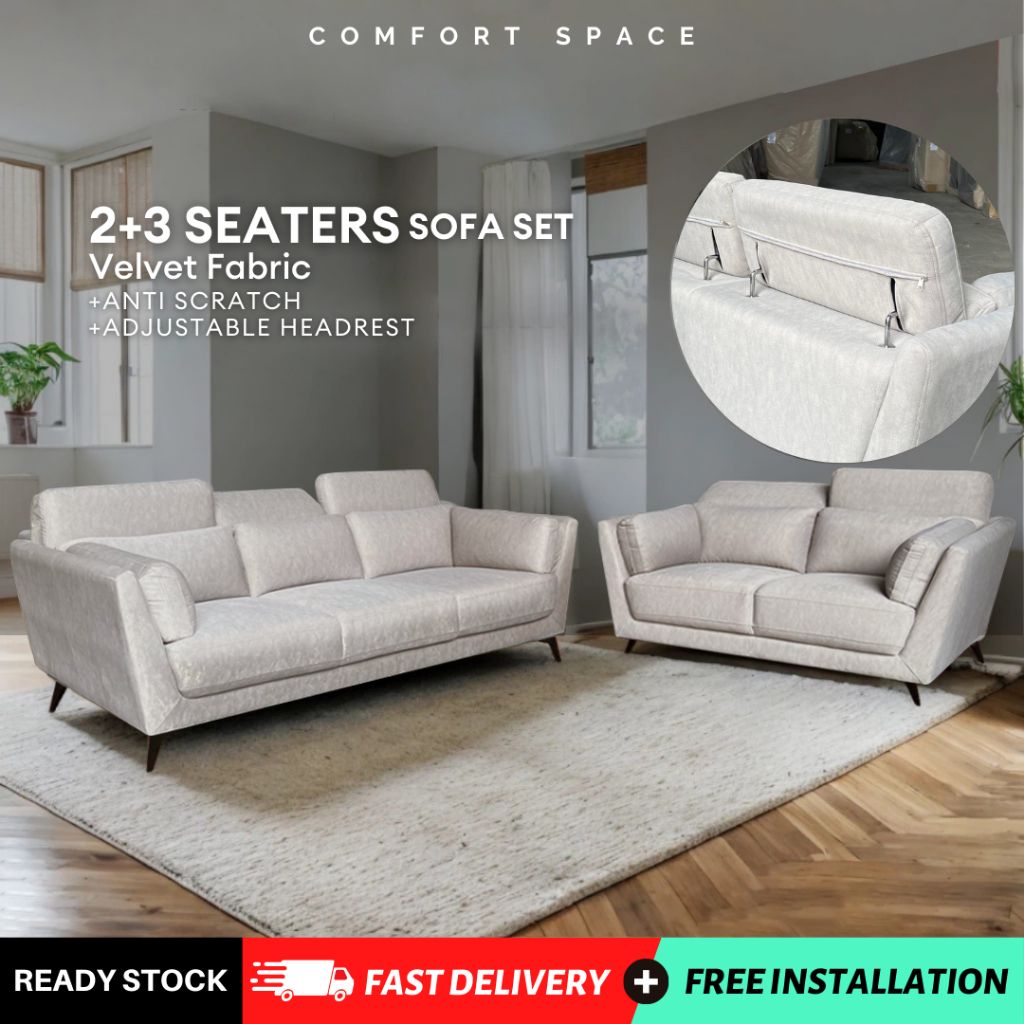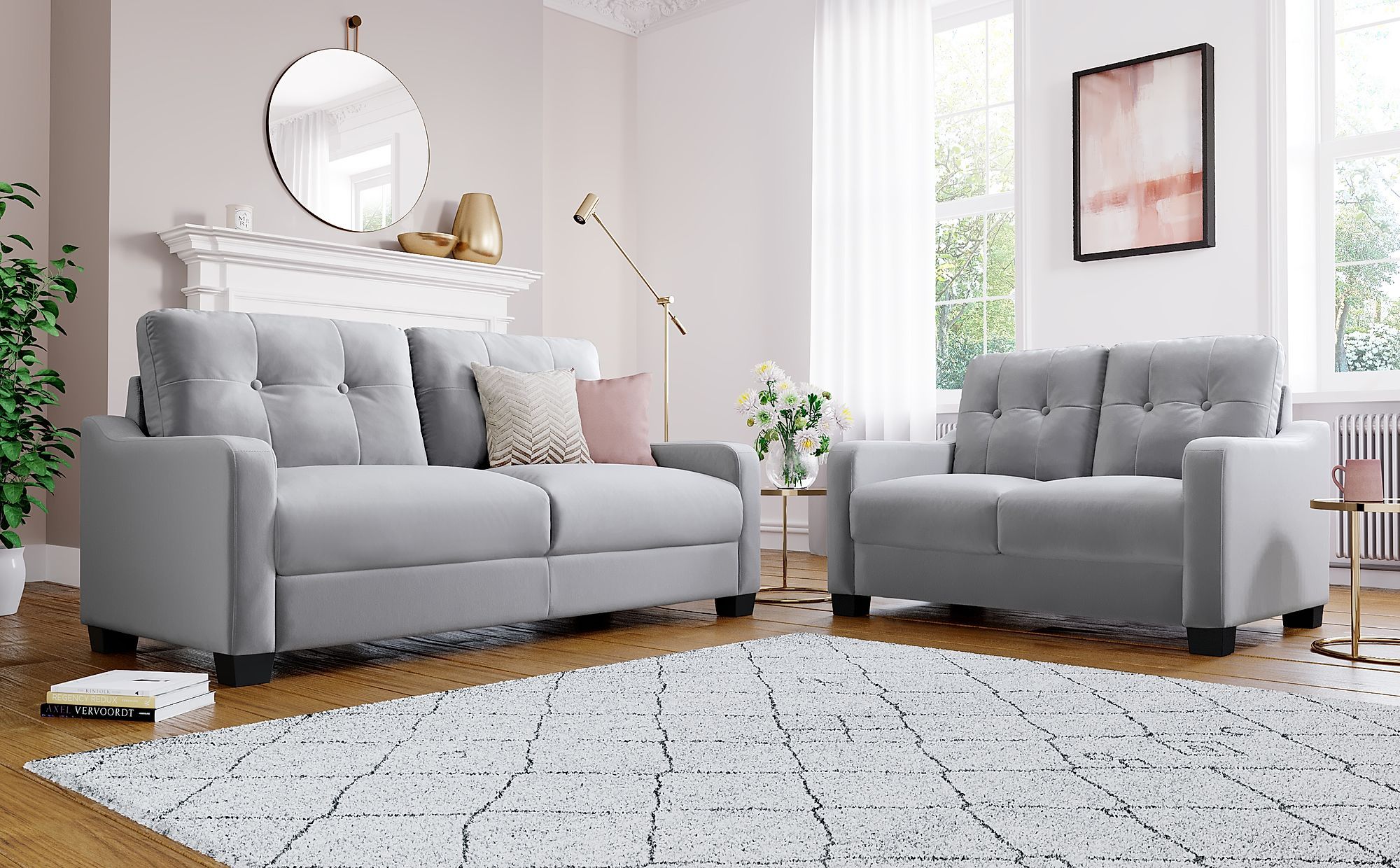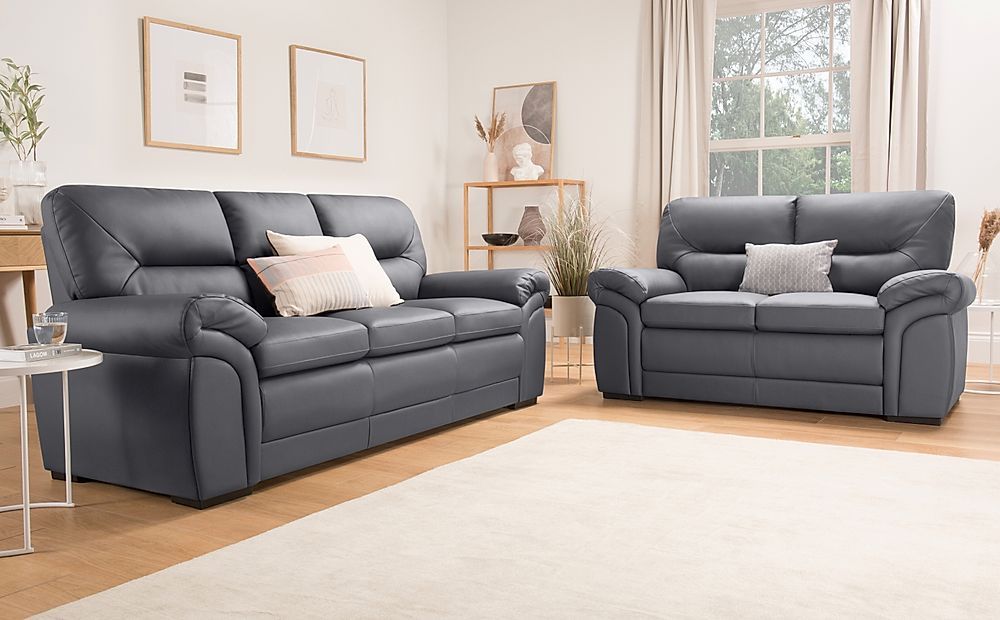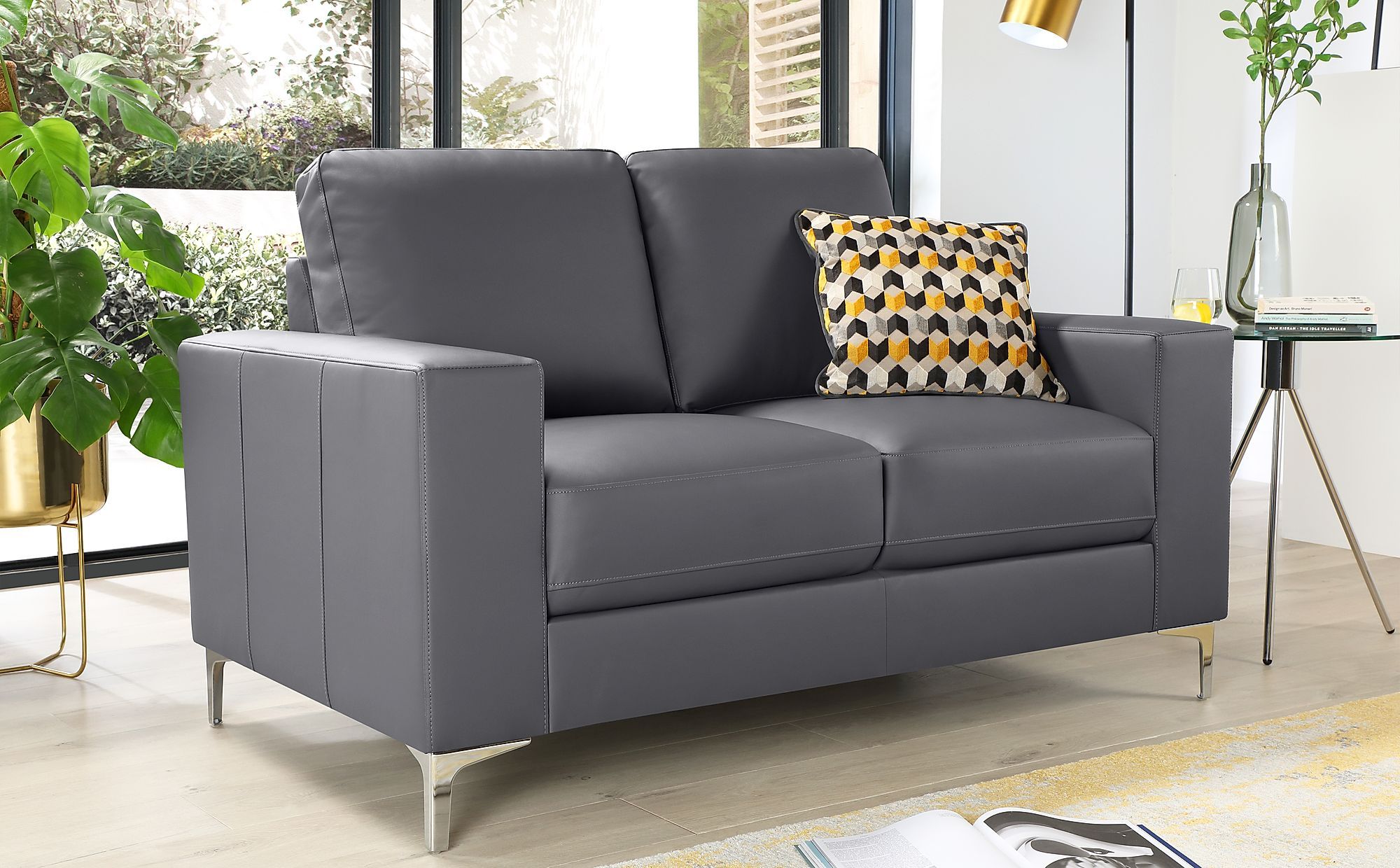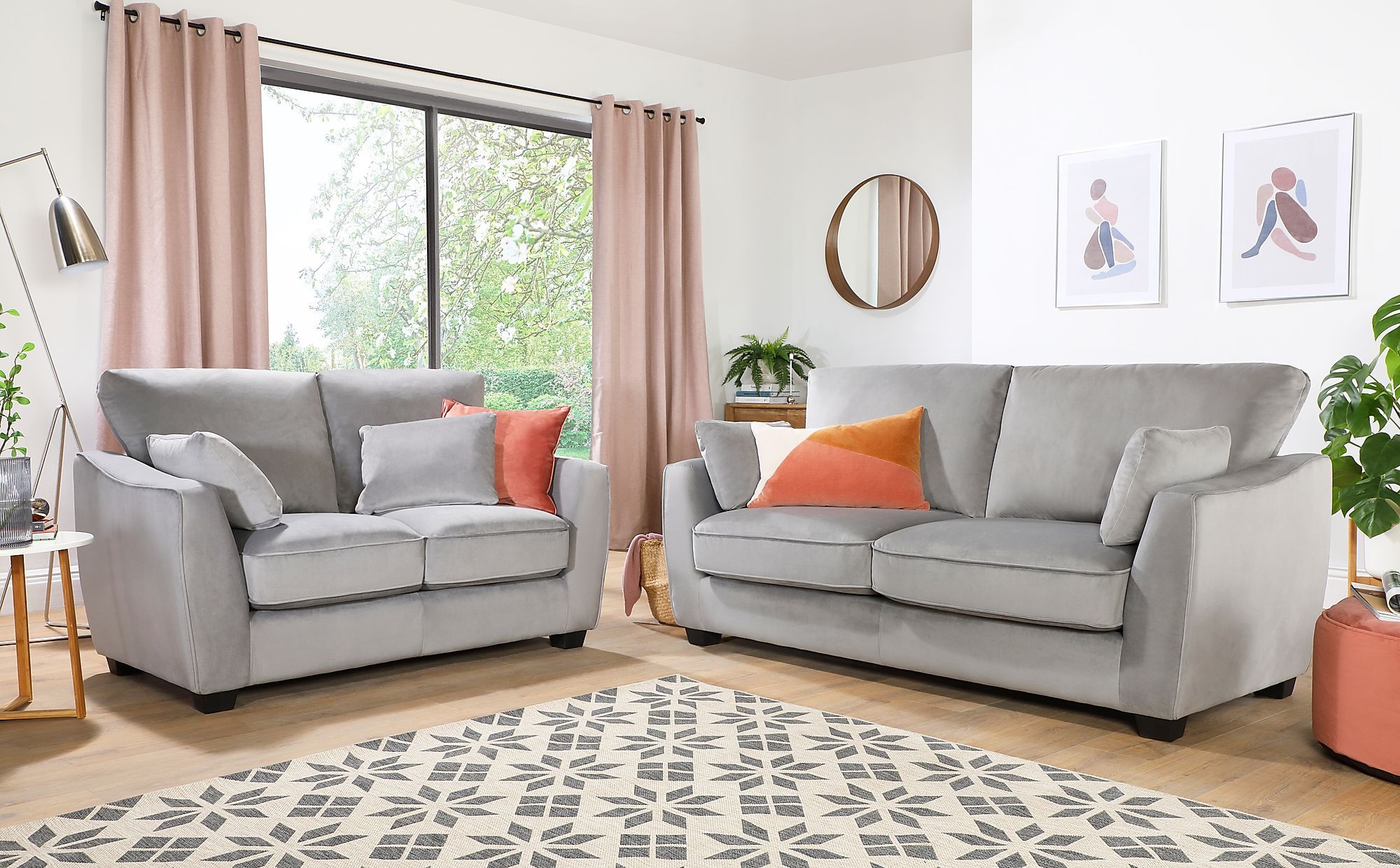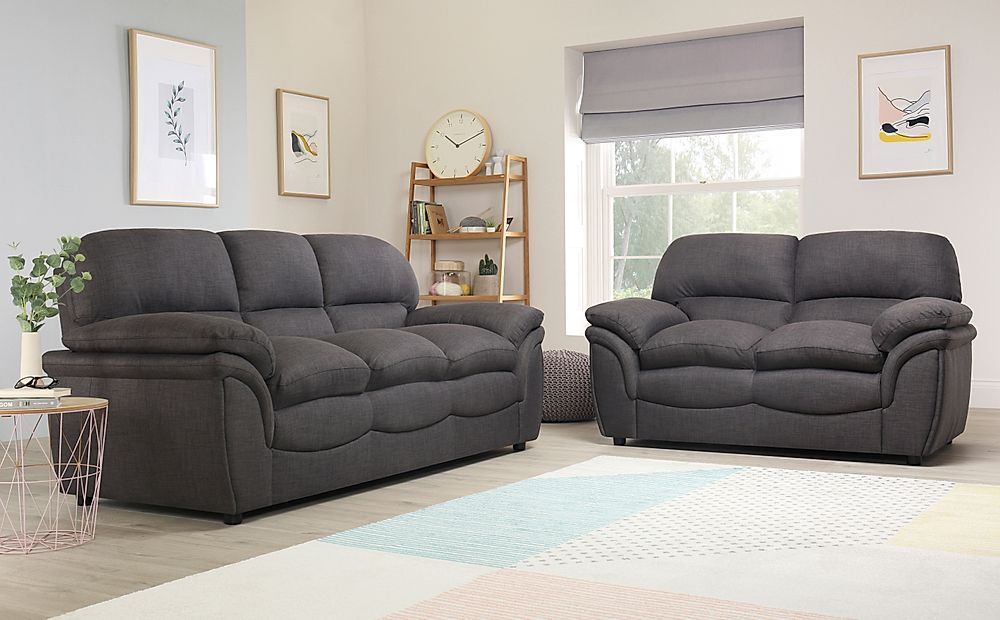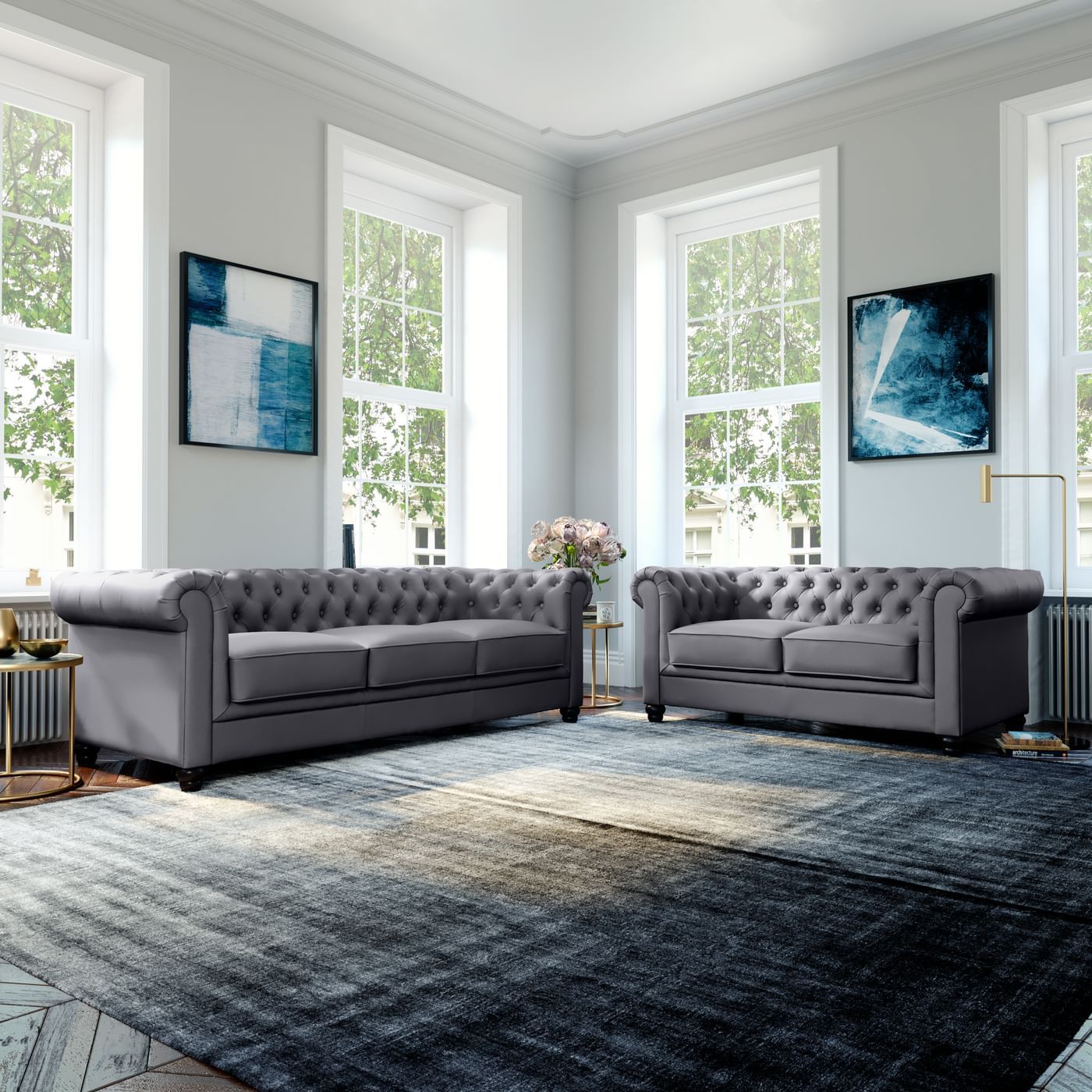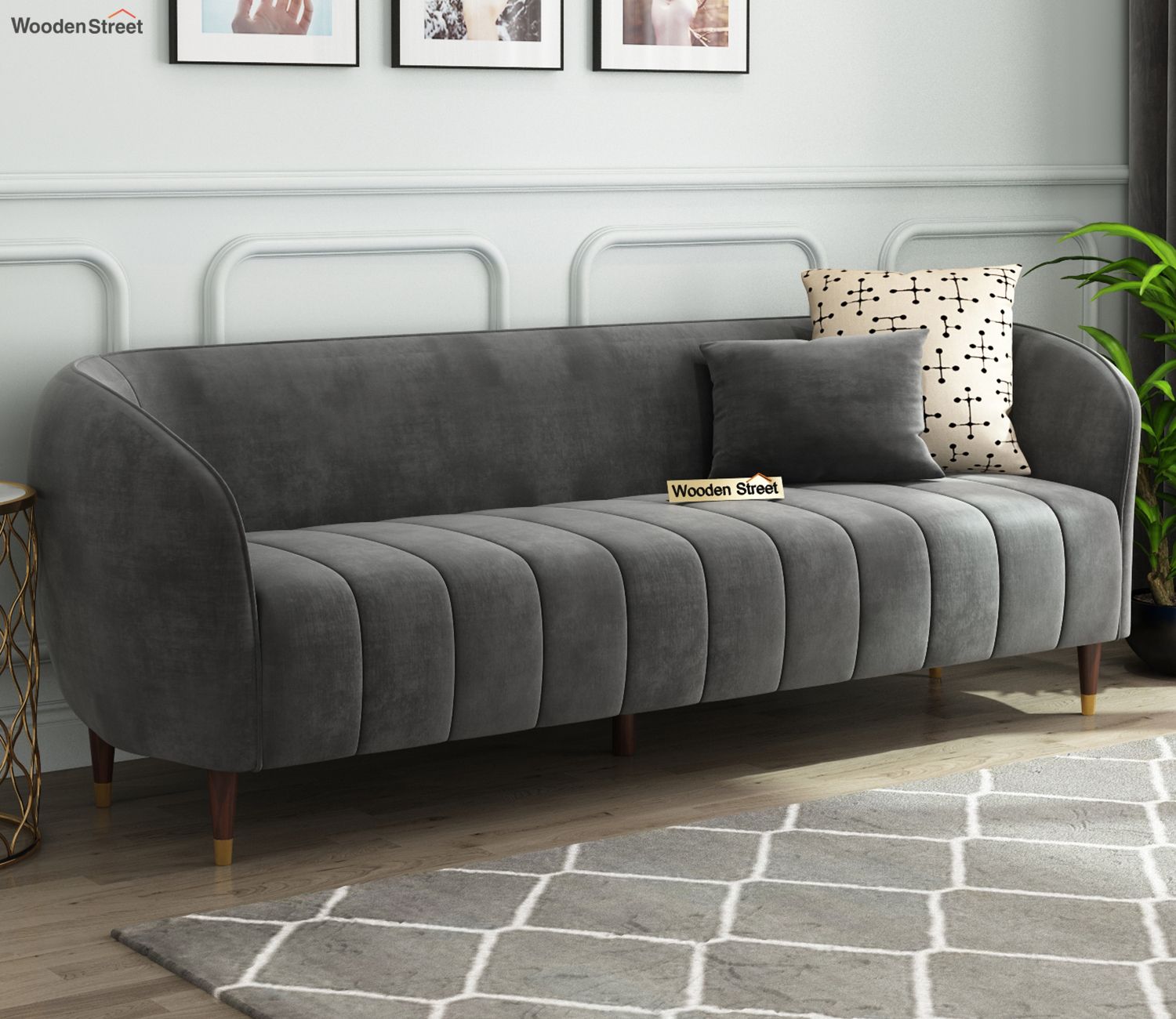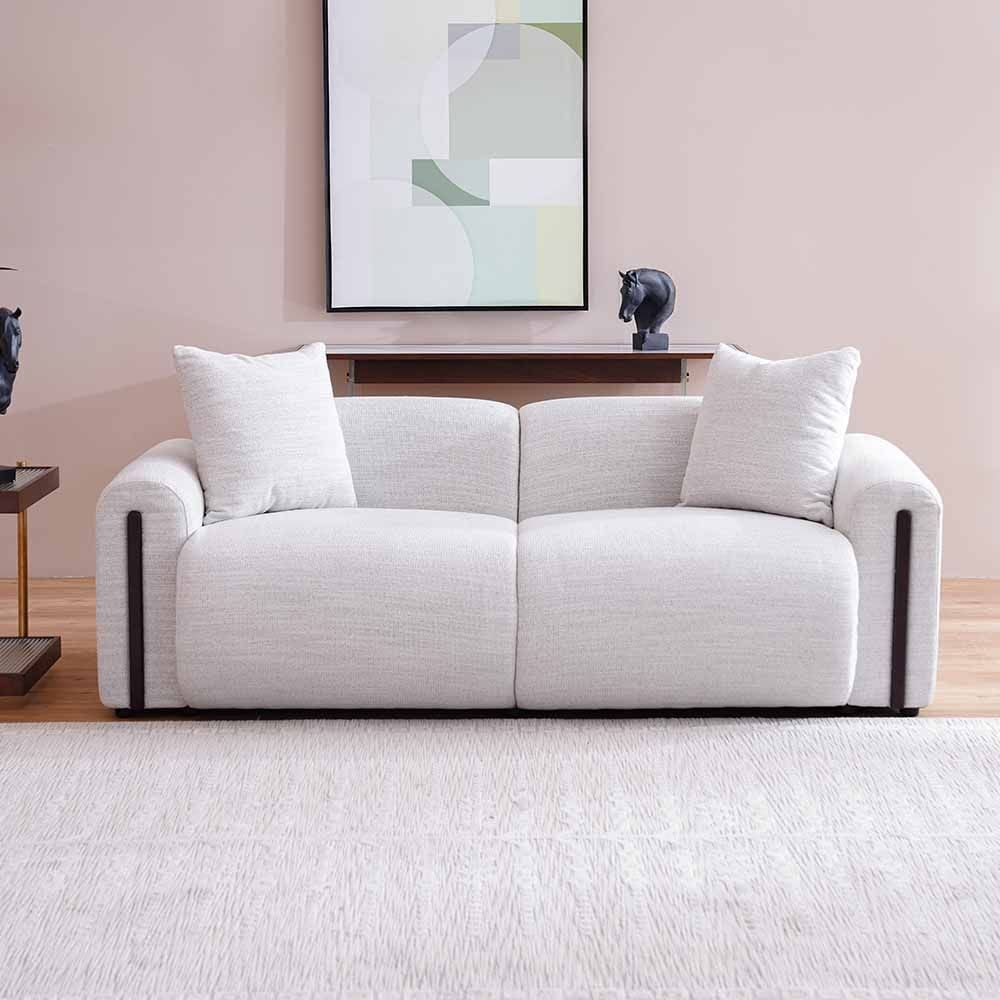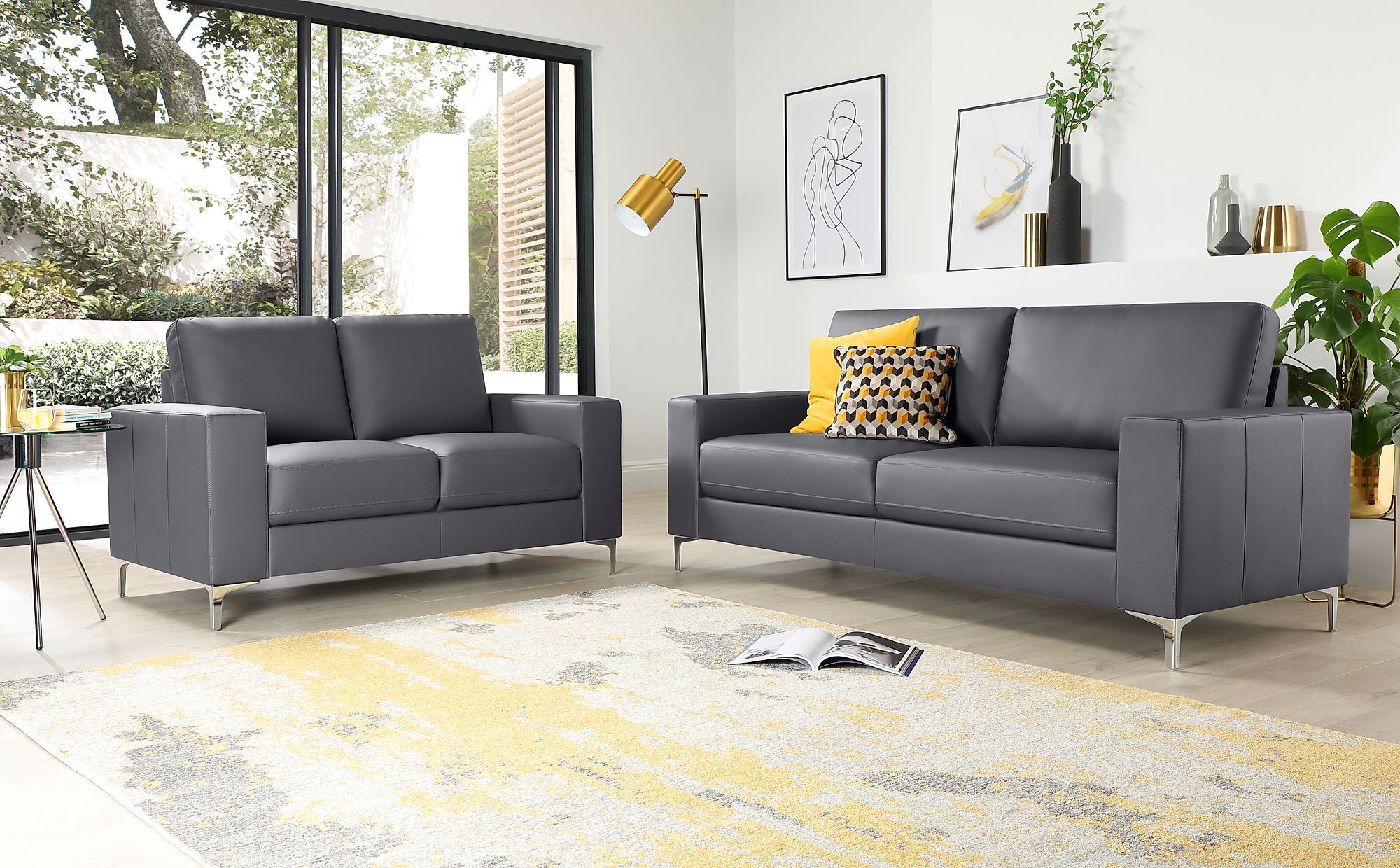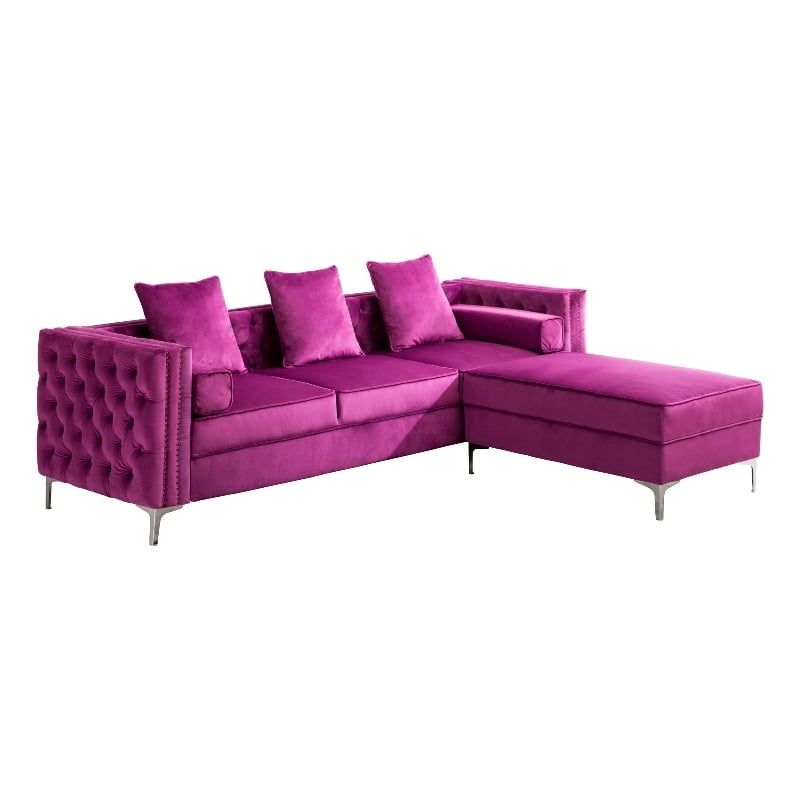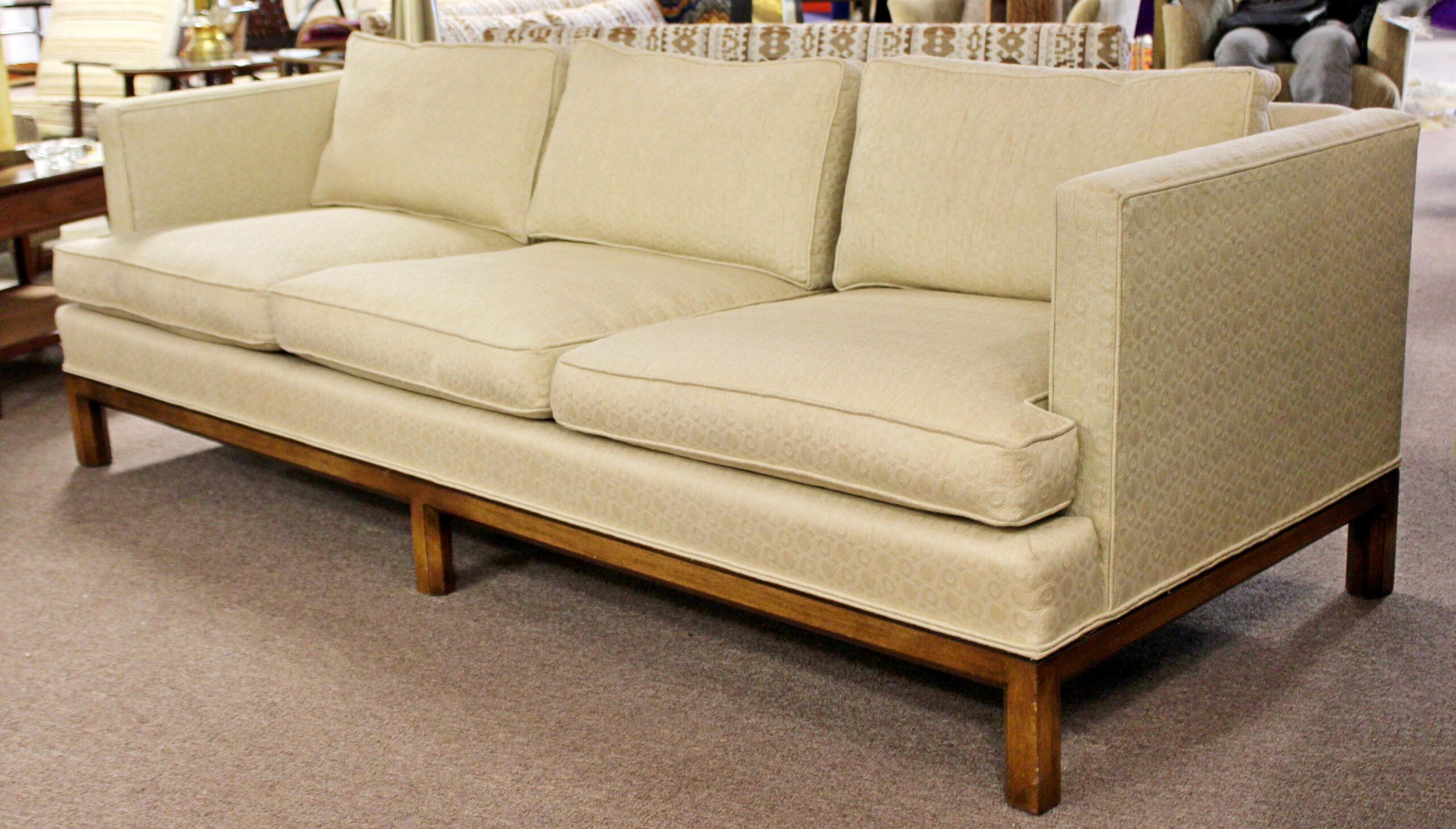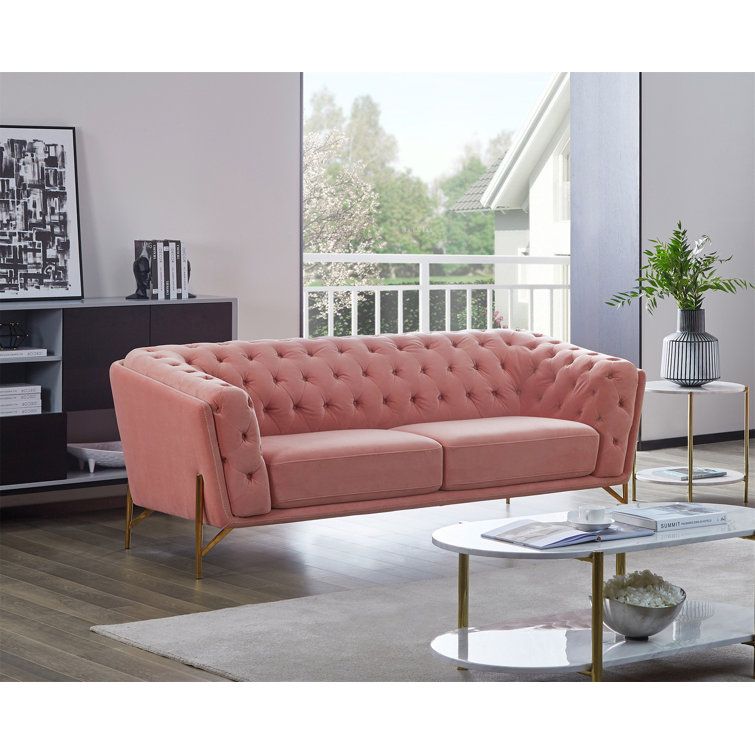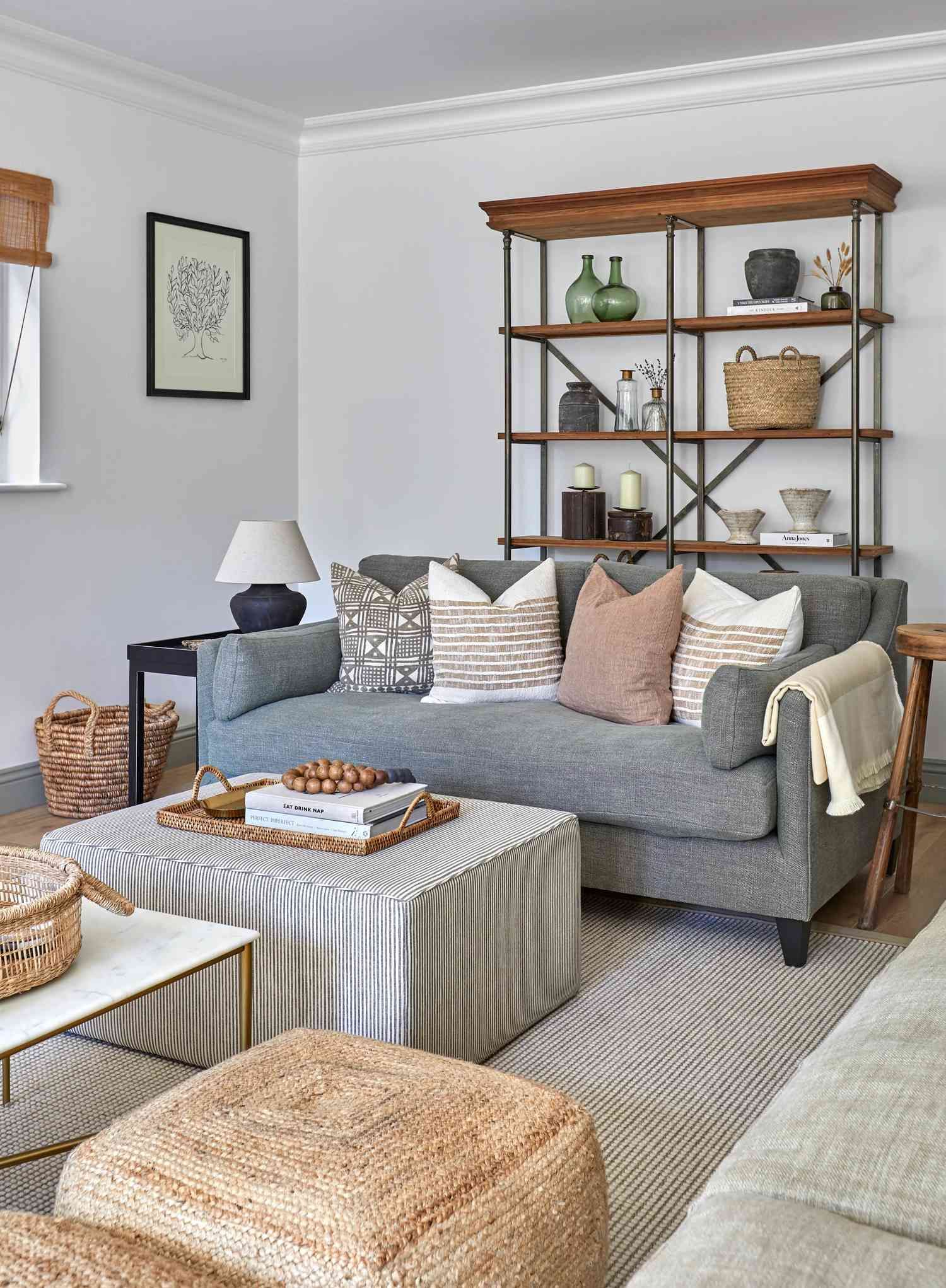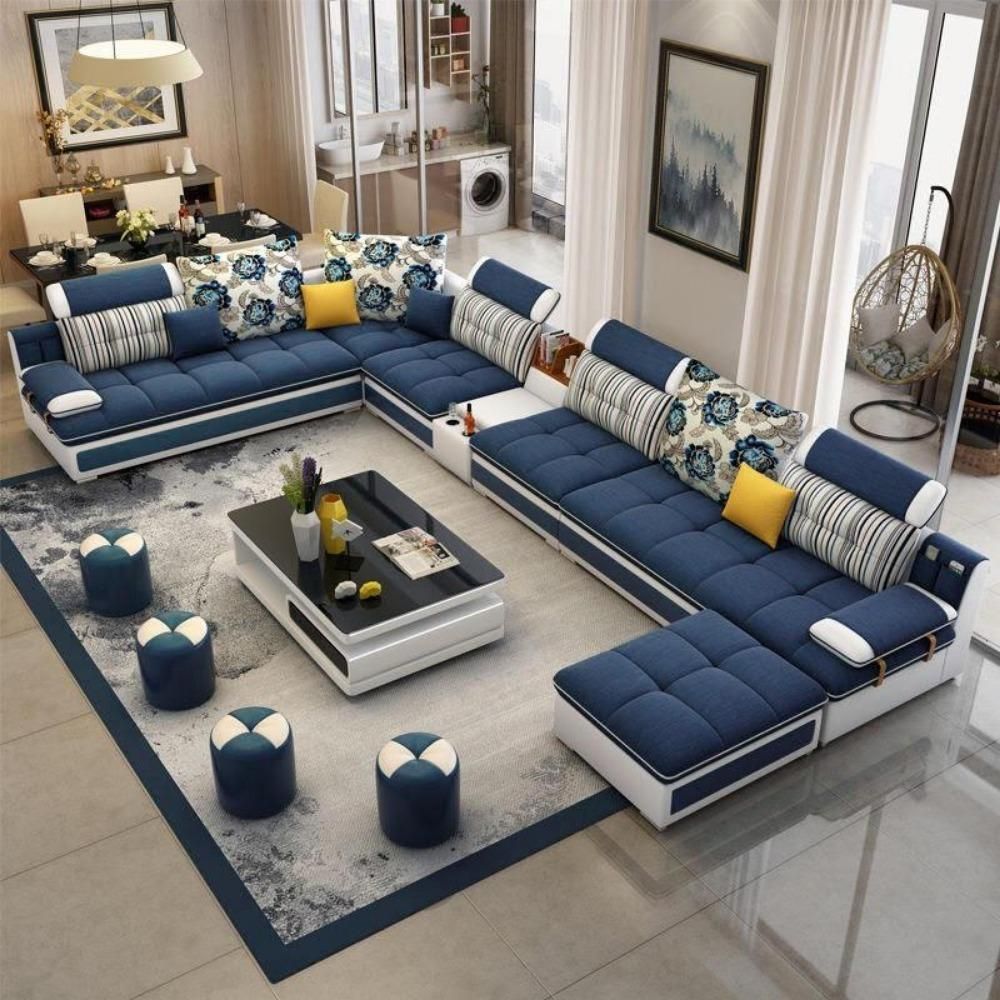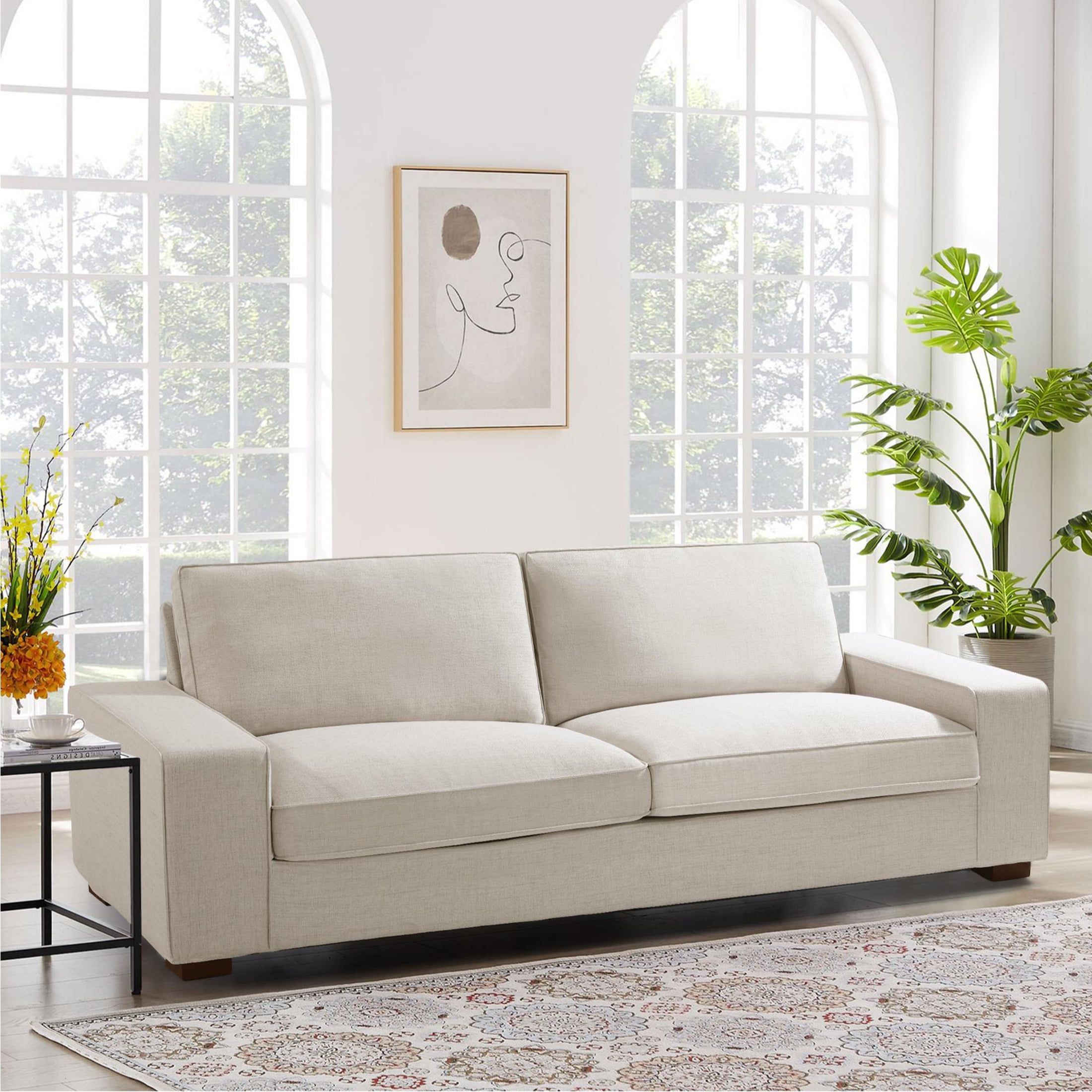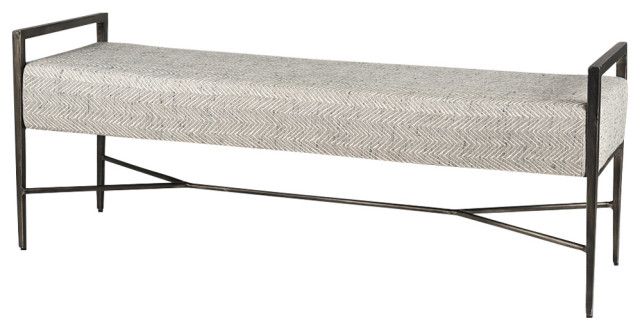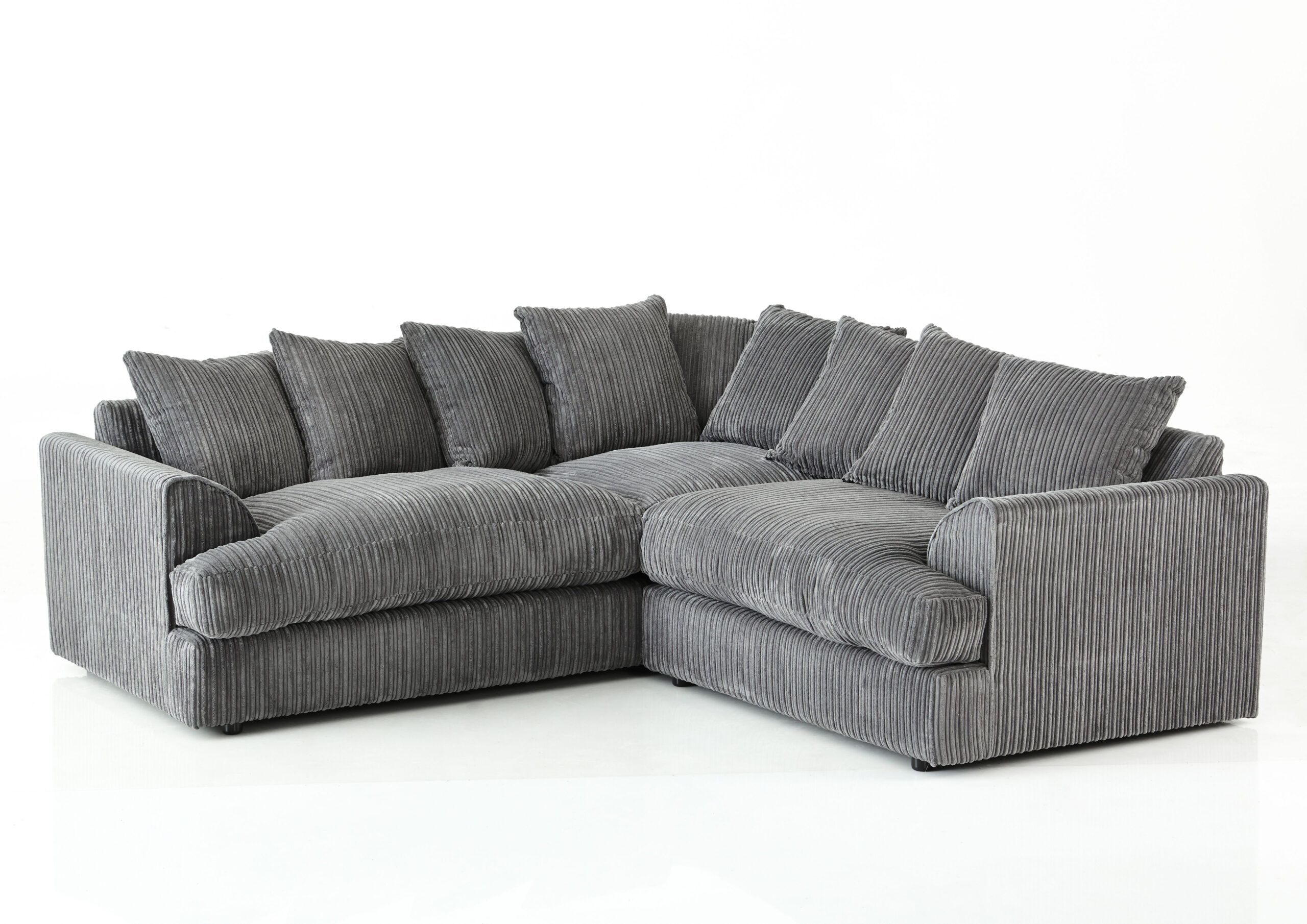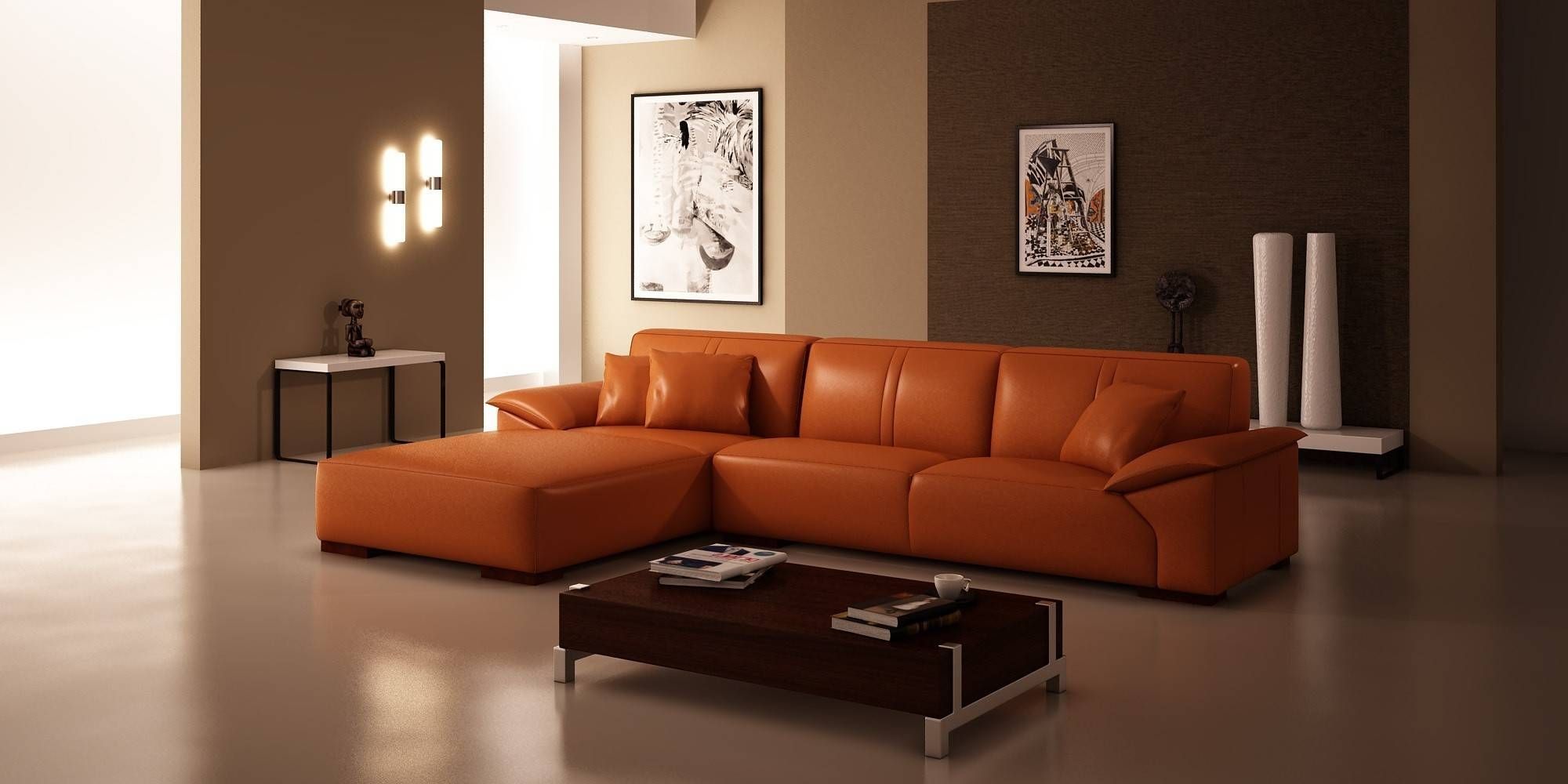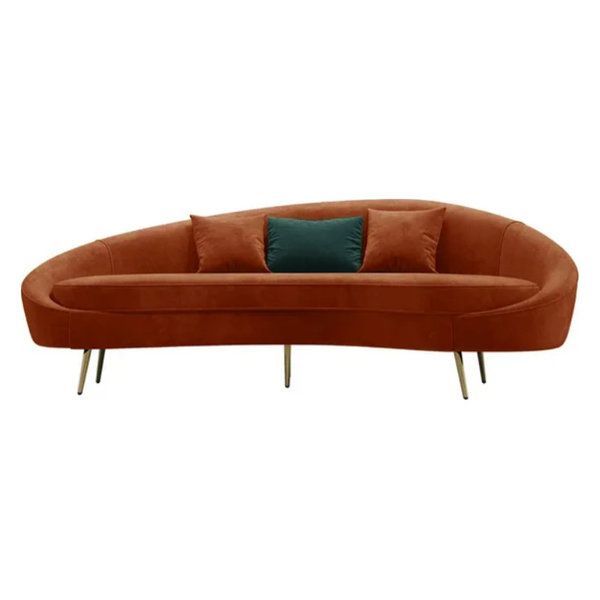Hey everyone, it’s your pal, back with some more insights on making your house a home. Today, we’re going to dive deep into the amazing world of interior design. It’s a journey, really, to create living spaces that are not only beautiful but also reflect who you are. It’s about crafting a sanctuary, a spot where you can truly relax, be yourself, and enjoy life’s simple pleasures. So, buckle up – we’re about to transform your home, one design choice at a time.
Think about it: where do you spend most of your time? Probably at home, right? Your surroundings impact your mood, your productivity, and even your overall well-being. Good interior design is more than just picking out pretty furniture; it’s about curating an environment that supports your lifestyle, boosts your happiness, and makes you feel comfortable. Whether you’re a design newbie or a seasoned pro, there’s always something new to learn, and I’m here to share what I know, and hopefully, inspire you along the way.
Understanding Your Personal Style: Finding Your Design DNA
Before you even think about paint colors or furniture, you need to figure out what you like. What styles resonate with you? Do you like the clean lines of modern design, the coziness of a farmhouse aesthetic, or the eclectic charm of bohemian decor? Look at magazines, browse Pinterest, and visit showrooms. Collect images and ideas that speak to you. Don’t be afraid to mix and match, and remember, your style is a reflection of your personality. It’s a unique blend of what you like and how you want to live. and the best part, your style can evolve over time. So, start exploring, and have fun discovering what makes your heart sing.
The Power of Space Planning: Making the Most of Every Inch
Space planning is the unsung hero of good design. It’s the art of arranging furniture and other elements to maximize the functionality and flow of your space. Before you buy anything, measure your room and create a floor plan. Consider traffic patterns – how people will move through the room – and ensure there’s ample space to move around. For small spaces, multi-functional furniture is a lifesaver. Think ottomans that double as storage, or a sofa bed for guests. Remember, a well-planned space feels open, inviting, and easy to live in. It is a crucial step that can make or break your design.
Color Theory 101: Painting Your World with Confidence
Color is a powerful tool in interior design. It can affect your mood, the perceived size of a room, and the overall vibe of your space. Understanding color theory is key. Consider the color wheel: complementary colors (like blue and orange) create contrast, while analogous colors (like blues and greens) create harmony. Think about the mood you want to create. Cool colors (blues, greens, violets) are calming, while warm colors (reds, oranges, yellows) are energizing. Don’t be scared to experiment, but always test paint samples on your walls before committing to a color. Lighting also impacts how a color looks, so consider natural light as well as artificial light when making your choice. A little study and a bit of courage can lead to some beautiful results.
Lighting: Illuminating Your Design Vision
Lighting is so important and is often overlooked, but it’s crucial to a well-designed space. It can completely change the atmosphere of a room. Think of lighting in layers: ambient (general), task (for specific activities), and accent (to highlight features). Ambient lighting can come from overhead fixtures or lamps, and task lighting could be a desk lamp or a reading light. Accent lighting, like track lighting or spotlights, can draw attention to artwork or architectural details. Think about the different activities that happen in each room and plan your lighting accordingly. Dimmers are your friend – they allow you to adjust the brightness and create the perfect ambiance for any occasion. Also, make sure to consider the color temperature of your light bulbs; it affects how the colors in your space look.
Texture and Textiles: Adding Warmth and Personality
Texture is a secret weapon for creating a cozy and inviting space. It adds visual interest and depth. Think about layering different textures: a plush rug, a soft throw blanket, a velvet cushion. Play with different materials: wood, metal, glass, and fabric. Textiles can also bring in color, pattern, and personality. Curtains, pillows, and upholstery fabrics can tie a room together and create a cohesive look. Don’t be afraid to mix and match textures. The more variety, the richer and more interesting your space will be. A well-textured room is a warm and inviting room.
Accessorizing Like a Pro: The Finishing Touches
Accessories are the final touches that make a house a home. They reflect your personality and add character to your space. Choose pieces that you love and that tell a story. Artwork, plants, and decorative objects can add color, texture, and personality. Don’t overcrowd your space. Edit carefully and only display items that you truly cherish. Think about creating vignettes – small groupings of objects that work together to tell a story. And remember, it’s okay to change things up. Accessories are an easy way to refresh your space and keep things interesting. It’s the details that make a room truly special.
So there you have it, a glimpse into the amazing world of interior design. Remember, there are no hard and fast rules. It’s about creating a space that you love and that supports your lifestyle. Don’t be afraid to experiment, to make mistakes, and to learn along the way. The most important thing is to have fun and to enjoy the process of transforming your house into a home. The journey is the destination. Happy designing, everyone. I can’t wait to see what you create. And, always remember to trust your gut and your personal style. That is the most important guide of all.
